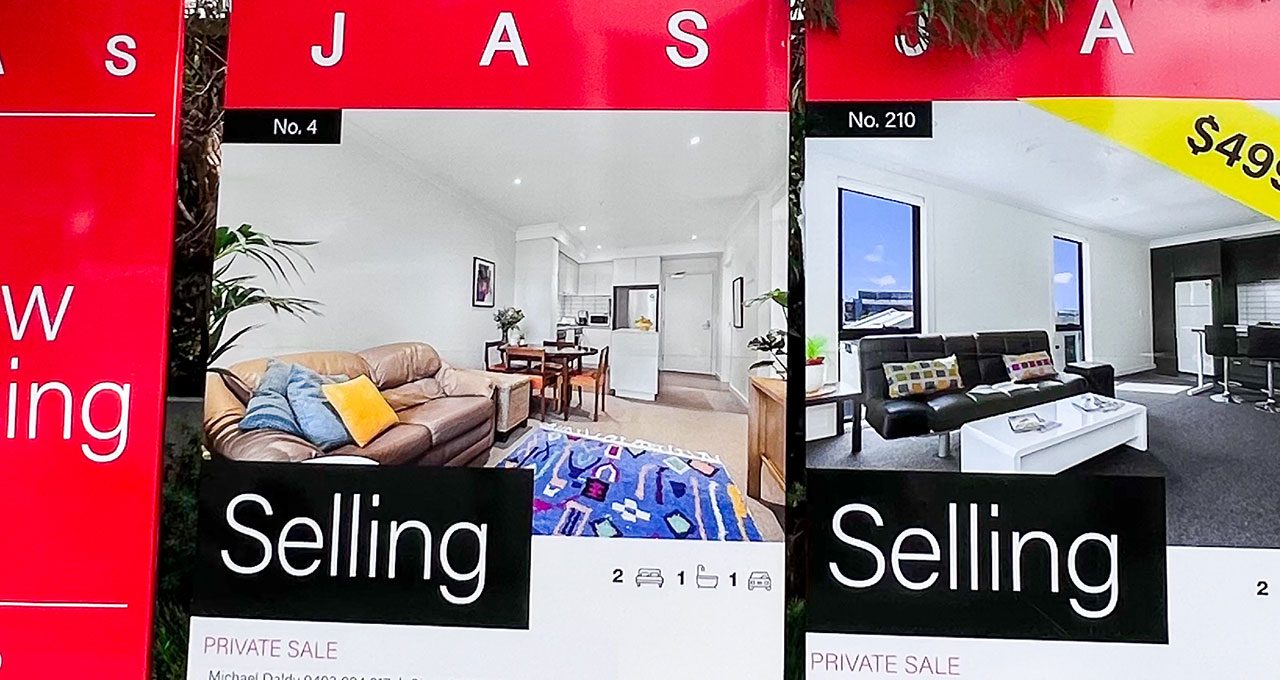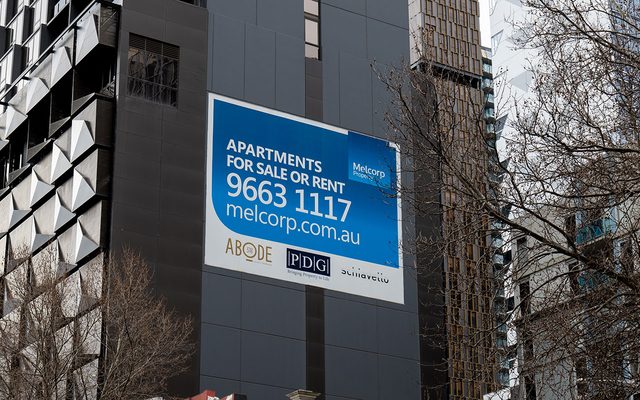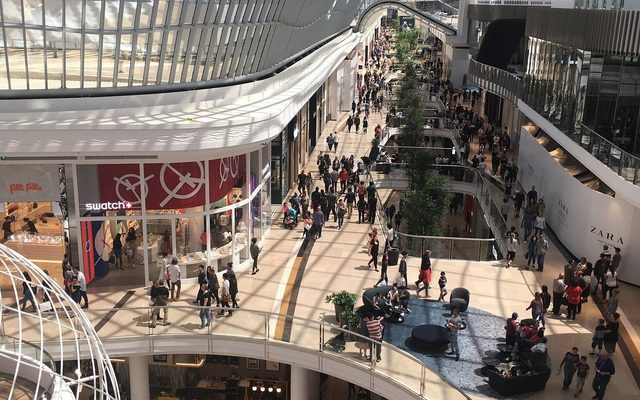This article is from the Australian Property Journal archive
AUSTRALIA’S housing market is expected to reach a peak rate of profitability in first half of 2025 as price growth slows, according to CoreLogic, with vendors currently banking a median nominal gain of $295,000 on the re-sale of their homes.
CoreLogic’s latest Pain & Gain report for the September quarter analysed 95,000 resales over the period, and also showed the median loss from resale has remained steady at $40,000, although a tick up from the five-year average of $39,000.
Meanwhile, the incidence of loss-making resales fell to 5.0%, its lowest level since March 2008.
“I think in the first half of 2025 we could move through a peak rate of profitability, because it looks like more markets are entering a slowdown now,” CoreLogic’s head of research, Eliza Owen told Australian Property Journal.
In the three months to November, four of the eight capital cities saw a quarterly slowdown, while clearance rates have been weakening, more listings are sitting on the market and are taking longer to sell, which has prompted CoreLogic to declare the national upswing in home values “all but over”.
“But the reality for sellers is that they’re still doing extremely well,” Owen said.
“But vendors are in a really good position. For the most part, their homes will sell very well if they’ve held the property for a long time.
“The rate of profit-making sales has increased in the previous quarter. Median gains are at record highs..
“For more recent buyers, it’s definitely worth being aware of local market conditions because it is a highly diverse property market.
“Any time you get a bit of a deterioration in home values, which we might expect for the first half of 2025, you do see an increased incidence of loss-making sales. And so even though the rate of profitability is set to remain fairly high long term, we could see it slip a little bit in the first half of 2025.”
High mortgage rates and soaring prices have driven housing affordability to its worst level on record, as Australians work overtime, take on second jobs, and even skip on healthcare costs in a bid to break into what is still a heated market.
Domain is expecting prices to keep rising in 2025, though at a slower pace. The housing market is set for “a year of two halves”, it says, with a mid-year interest rate cut to reverse a weak first-half performance and spark price growth.
“A decline in home values is only a problem for sellers if they have issues servicing home loan repayments, or are in some other circumstance where they need to sell,” Owen told Australian Property Journal.
One in 10 Melbourne sales recording a loss
Outside of Darwin, Melbourne had the highest incidence of loss among the capital cities at 9.9% in the September quarter, and was also the only capital city market to see an increase in the rate of loss-making sales.
At the other end of the spectrum, Brisbane was the most profitable city for the second consecutive quarter – 99.4% of resold homes made a nominal gain, up from 99.2% in the previous quarter, and 97.4% a year ago.
Perth saw one of the biggest increases in the rate of profit-making sales in the quarter, increasing 120 basis points to 96.9%, bested only by Canberra
Total nominal gains from resale were $33.98 billion in the quarter, up from $33.3 billion in the previous quarter. Combined losses were $270 million, compared to $292.4 million in the previous quarter
Capital city profit-making sales netted a median profit of $327,500, led by Sydney at $370,000. In Adelaide it was $358,000, and Brisbane was not far behind at $352,000, while Melbourne was at $294,000 and Perth $290,000.
Hobart profit-making sales came in at a median of $292,000, Darwin $113,000 and the ACT $286,500.
Regional profit-making sales were at a median of $251,000.
Meanwhile, houses continued to deliver superior resale results. Only 2.9% made a loss, compared to 9.4% of units.
Units accounted for just over a third of resales in the quarter (33.5%), but made up 62.1% of loss-making resales.
The median gain from house resales was 72.5% higher than for units, at $345,000 compared to $200,000.
Owen attributed this trend to supply factors and the fact that units are the preferred investment dwelling, with low maintenance, lower price points and generally higher rental yields.
She noted to Australian Property Journal that there is “a lot” of sales activity happening where the property has been held for two to four years.
“If we look back four years ago, that’s where interest rates started moving a lot lower through the pandemic. And really three years ago is where three-year fixed-term mortgage rates hit recent lows of sub-2%.
“So three years on, the data reflects a lot of selling activity for those who may have picked up a cheap fixed rate at the time, but are now rolling on to an average mortgage rate environment for owner-occupiers of 6.26%.
“That could signal that there’s been a bit of a tough transition period for some people.”
The rate of loss in that cohort is “pretty well contained”, however, at 5.9%.
“It’s higher than the national average, but it is still notable that there’s not just an uptick in selling activity for that whole period, but a higher rate of loss,” Owen said.






